Life in New York State has never been so expensive. From bustling Manhattan to the scenic towns of upstate New York, residents have felt the relentless pressure of rising prices on just about everything. Recent figures show that the cost of living in New York is soaring—housing is now 200% higher than the national average, utilities and food cost roughly 13% more, and healthcare is 16% more expensive than elsewhere in the country. In the city itself, these costs are compounded even further—Manhattan is reported to be 131% more expensive than the national average, Brooklyn and Queens are among the most expensive boroughs, and even upstate cities like Albany, Rochester, and Buffalo, while cheaper, still outpace much of the U.S. when it comes to everyday expenses.
No matter where you live—whether you call the Upper West Side home or reside in neighborhoods like Astoria or Park Slope, in suburban Hempstead or the vibrant heart of Syracuse—one fact is inescapable: inflation has hit hard and fast. New Yorkers have seen local grocery bills go up by at least 13% and rent prices for a one-bedroom apartment in Manhattan can start around $3,900 and easily reach $6,000 a month.
The annual inflation rate in the New York-Newark-Jersey City metro reached an eye-watering 3.5% as of June 2025, beating out the national rate. These numbers aren’t just statistics; they represent the concrete, everyday pressures of paying for food, housing, transportation, and child care. For families and individuals alike—whether in Queens, Poughkeepsie, or Brooklyn—the cost squeeze is unmistakable.
The State’s Response: Rolling Out $500 Inflation Relief Checks
Recognizing these challenges, New York’s government has responded with a historic policy intervention. Starting in mid-October 2025, one-time inflation refund checks—up to $500—will be distributed automatically to eligible residents across the state. Over 8 million New Yorkers, including households in New York City, Brooklyn, Albany, Buffalo, Rochester, and beyond, will benefit from these checks. This action marks the first-ever statewide inflation refund program, introduced as a vital part of the 2025–2026 state budget.
The program is not limited by geography, zip code, or specific urban or suburban characteristics. Residents from Westchester to Yonkers, from Harlem to Staten Island, will all stand to benefit as long as they meet the simple eligibility criteria. This move aims to offer urgent relief, especially for working families and middle-income households struggling under the weight of everyday expenses.
How the Relief Works: Eligibility and Payment Structure
The process for receiving a check is refreshingly straightforward. No application is required—eligible residents are identified through their 2023 state income tax returns. If you filed Form IT-201 (the standard New York State Resident Income Tax Return) and your income falls within the qualifying thresholds, you’re set to receive a check. The payments will be mailed out automatically over several weeks, beginning in mid-October and continuing into the fall.
Here’s a breakdown of the expected payment ranges:
-
Single filers earning $75,000 or less can expect around $200
-
Married couples filing jointly earning $150,000 or less are eligible for $400
-
Some proposals and budget allocations signal payments up to $500 for qualifying families and individuals earning under $150,000
These tiers are carefully designed to target relief where it is most needed—at low- and middle-income households. Importantly, if you were claimed as a dependent on another taxpayer’s return, you will not be eligible.
Why the Relief is So Critical for New York’s Working Class
Walking through any city street in New York, it doesn’t take long to notice the direct impact of inflation. Restaurant owners in Manhattan’s East Village have seen food delivery costs spike, while childcare providers in Yonkers report difficulty making ends meet. In Rochester and Buffalo, families are grappling with higher gas and utility bills, further stretching already thin budgets.
The average monthly cost of living for a family of four in New York is now estimated to be about $7,800—one of the highest in the country. Even individuals living alone require around $5,400 per month to cover essentials. This reality is echoed across every borough and upstate city. For most New Yorkers, significant portions of income go toward rent, food, transportation, and healthcare—budgets have little room for error.
Small but meaningful payments like these $500 checks can provide tangible breathing room—enough to buy a month of groceries for a family, pay for several subway passes, keep up with skyrocketing utility bills, or offset rising rent.
Widespread Impact Across Cities, Boroughs, and Suburbs
The need for relief doesn’t stop at the five boroughs of New York City. While Manhattan, Brooklyn, and Queens feel the acute pain of inflated housing and service prices, suburban and upstate centers like Syracuse, Poughkeepsie, and Albany are all under strain. In Utica, Buffalo, and Rochester, where costs are somewhat lower, inflation’s effects are still outpacing wage growth.
Here’s how the cost of living varies across cities:
| City | Compared to State Average | Compared to National Average |
|---|---|---|
| Manhattan | 36% higher | 131% higher |
| New York City | 2% higher | 74% higher |
| Brooklyn | 5% lower | 61% higher |
| Queens | 12% lower | 50% higher |
| Albany | 38% lower | 5% higher |
| Syracuse | 39% lower | 3% higher |
| Rochester | 42% lower | 1% lower |
| Buffalo | 44% lower | 4% lower |
Even in cities where costs are lower than in Manhattan, the state average remains above much of the U.S., making these checks a lifeline for many.
Inflation: How We Got Here
The inflation problem in New York has been building for years. Since 1914, the state has suffered an overall inflation rate of more than 3,300%, showing that the present crisis has deep historical roots. But most of the financial pain for residents has occurred recently, with price jumps tied to global supply chain disruptions, increased energy costs, and spikes in rent as demand for housing surges and supply struggles to keep up.
Even as New York’s inflation expectations are beginning to stabilize, and the consumer price index (CPI) in June showed a 3.5% annual rise, that is still well above the national average. In local surveys, residents overwhelmingly report feeling more squeezed than at any point in recent memory.
The Broader Economic Picture and What to Expect Next
In the coming months, as the checks start arriving in mailboxes from the Bronx to Staten Island and as far north as Plattsburgh, many hope the payments will ease the acute pressures on family budgets. State leaders argue that the move is more than symbolic—it’s a necessary direct intervention in a year where many New Yorkers have felt that city life (or even life upstate) has become unaffordable.
Economic experts also point to the program as a test case: if it proves successful in shoring up consumer confidence and easing financial strain, it could inspire similar measures in other states that face persistent cost-of-living challenges.
Frequently Asked Questions About the $500 Inflation Checks
Who is eligible for the checks?
Residents of New York State who filed a 2023 state tax return (Form IT-201), meet the income limits, and were not claimed as dependents. This includes both city dwellers and those living in smaller towns and suburbs.
How much will I get?
Depending on your tax filing status and income, you could receive amounts from $150 to $500.
How do I get my check?
There’s nothing you need to do—the checks are mailed automatically based on your 2023 tax filings.
When will they arrive?
Checks start going out in mid-October 2025 and will be distributed over several weeks.
Will the relief make a difference?
For many families, the help comes at a crucial time. Whether it is paying for rent in Brooklyn, offsetting grocery bills in Queens, or keeping up with healthcare in Albany, every dollar helps.
Community Voices: What New Yorkers Are Saying
Sara, a nurse in the Bronx, says the check will “help bridge that gap my paycheck can’t fill.” In Buffalo, retiree Michael notes, “It may not solve everything, but it means I can pay my heating bill and keep my fridge stocked this winter.” Parents in Brooklyn see it as a ray of hope amid otherwise difficult budgeting decisions.
Final Thoughts: A Step Toward Economic Stability
While inflation remains a daunting challenge across New York, and these $500 checks won’t solve the state’s cost-of-living crisis overnight, they represent a meaningful act of government support. For millions, it is the difference between scraping by and breathing just a little bit easier this fall. Whether you’re navigating the high-priced streets of Manhattan, the thriving arts scene of Brooklyn, or the family neighborhoods of Rochester and Albany, relief is finally on the way.
For New Yorkers from every city and walk of life, these checks offer not just financial help—but a reassurance that they are seen, heard, and supported in the face of tough economic times.






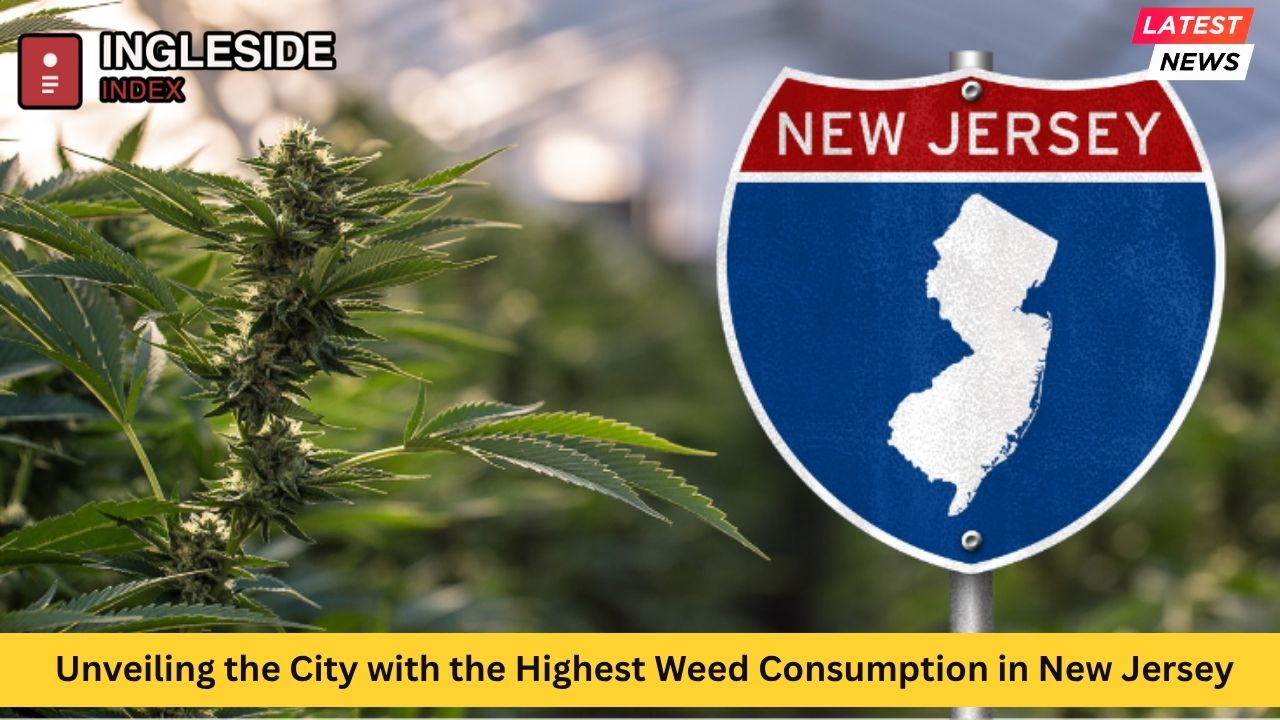

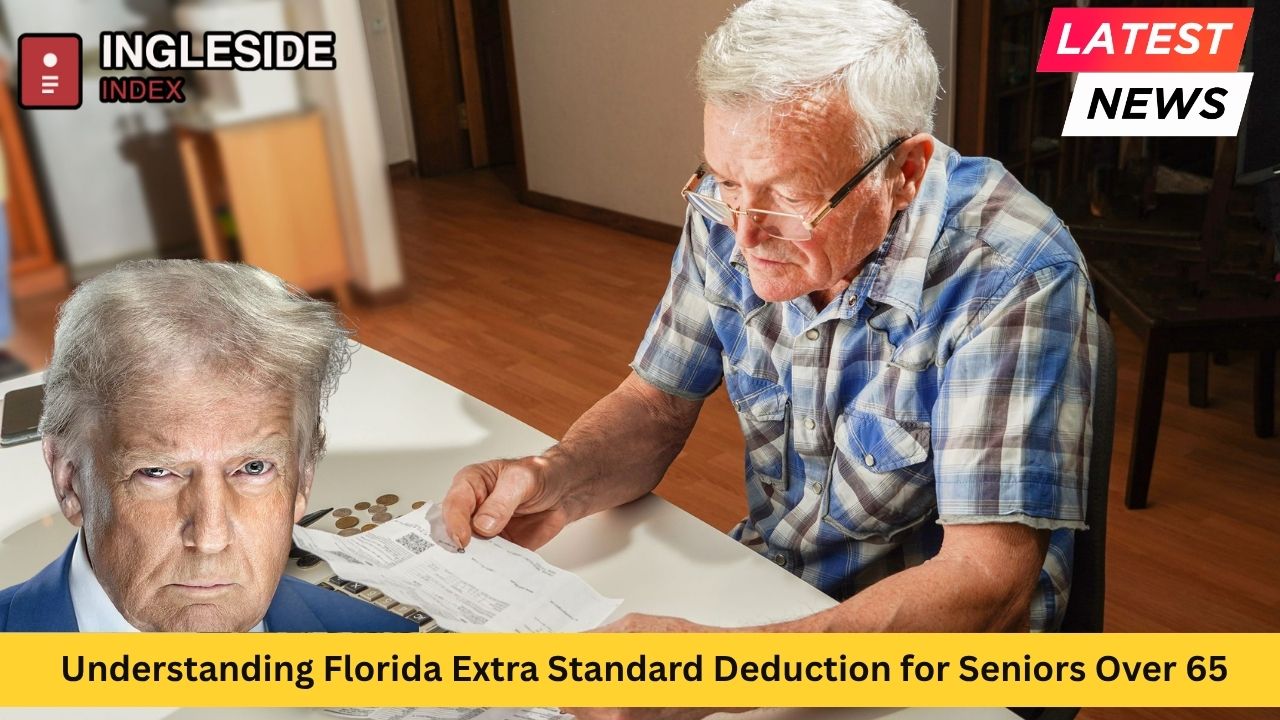
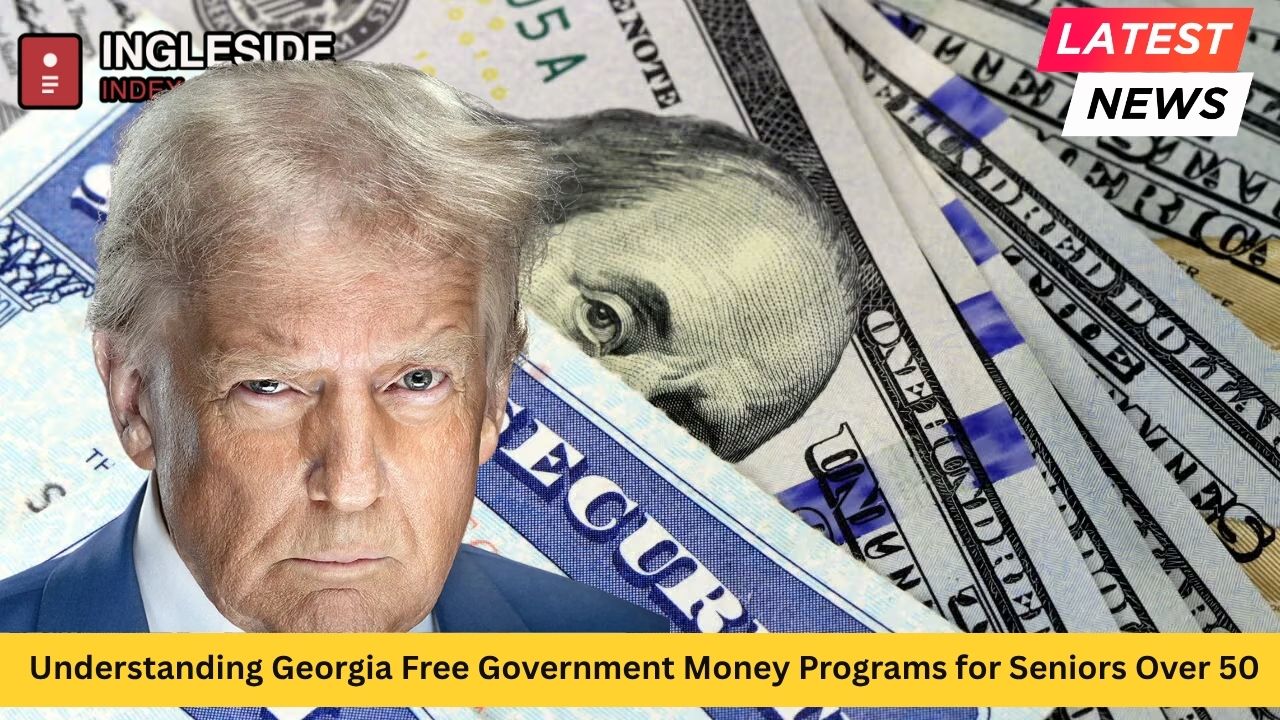
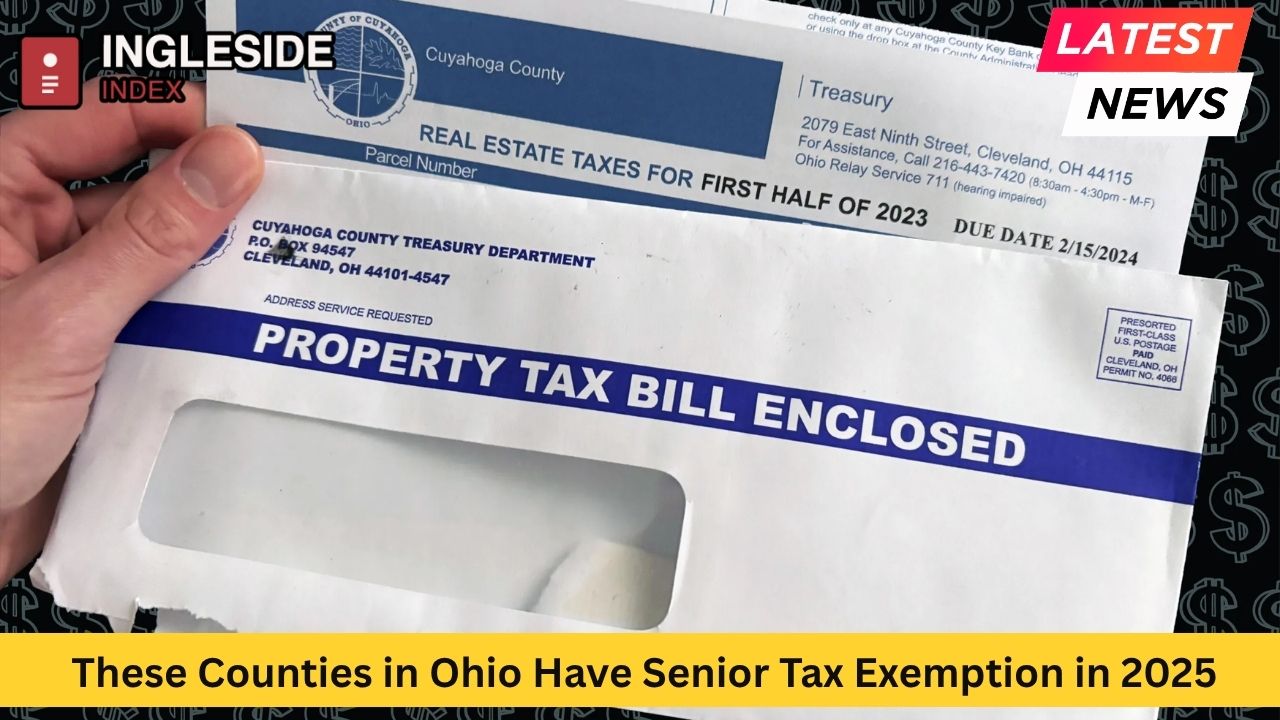
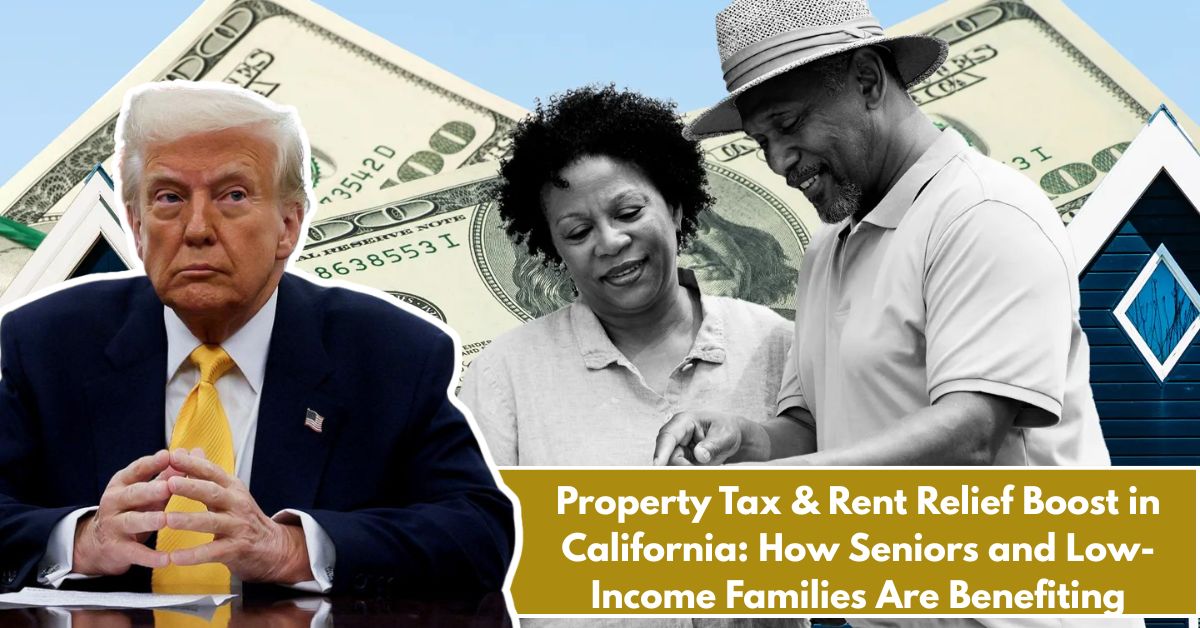

Leave a Reply